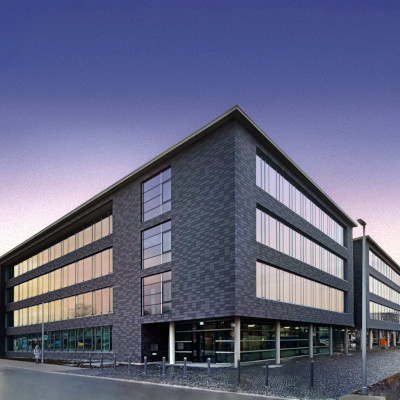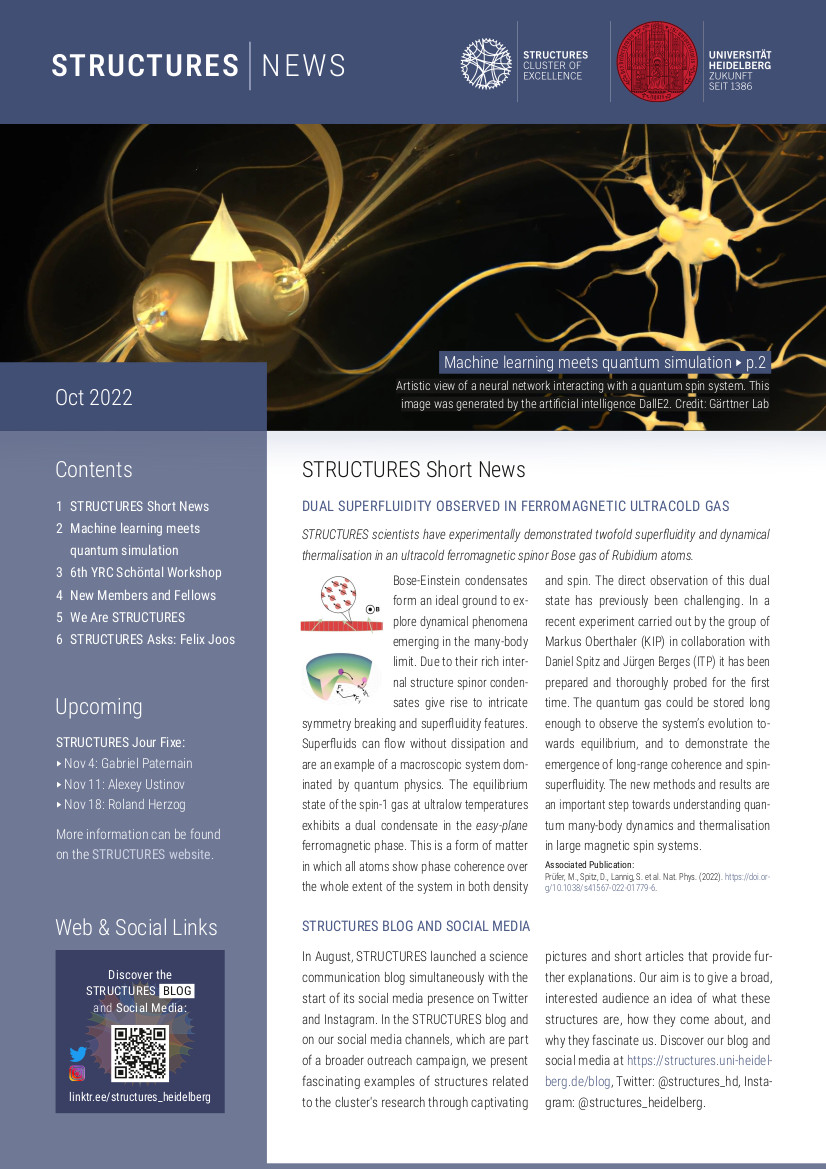Newsroom
Stay informed with our latest news and announcements on this page. For more in-depth content, we also encourage visitors to explore our bimonthly STRUCTURES Newsletter magazine, which features a variety of articles, interviews with members, and background information on our latest research and activities.
On Wednesday, November 30, 2 pm (s.t.) there will be a talk by George Bougas (Hamburg University) on:
Title: Dynamical Association of Efimov Trimers and Atom-Dimers in Cold Gases
Abstract: Properties of Efimov states, that is three-body bound states, are typically measured indirectly through recombination mechanisms, which are ubiquitous in cold gases. Here, a dynamical protocol is investigated allowing for a more controlled probing of these states. In particular, pulses of the scattering length are employed to create a superposition of Efimov trimers and atom-dimers in cold gases, similar to Ramsey spectroscopy. This scheme allows the observation of both the energies and lifetimes of Efimov states, by measuring the remaining fraction of atoms during the free evolution time between the pulses. It is predicted that the mixing of states provided by the second pulse will lead to a measurement of twice the intrinsic lifetime of the Efimov states.
Venue: Philosophenweg 12, kHS (small lecture hall) and online via Zoom.
The talk will be hosted by Prof. Richard Schmidt (ITP). The STRUCTURES Project Management Office is happy to answer questions.
Special Seminar by Christina Kurzthaler: Physics of Bacterial Transport in Dilute & Porous Environments
On Tuesday, November 29, 10:00 am there will be a special seminar by Dr. Christina Kurzthaler – group leader at the Max Planck Institute for the Physics of Complex Systems – in person at the European Molecular Biology Laboratory (EMBL) and on Zoom:
Title: The physics of Bacterial Transport in Dilute and Porous Environments
Abstract: Unraveling the motion of microorganisms in dilute and porous media is important for our understanding of both the molecular basis of their swim gait and their survival strategies in microbial habitats. First, I will show that by using renewal processes to analyze experimental measurements of wild-type E. Coli, we can provide a quantitative spatiotemporal characterization of their run-and-tumble dynamics in bulk. We further demonstrate quantitatively how the persistence length of an engineered strain can be controlled by a chemical inducer and characterize a transition from perpetual tumbling to smooth swimming. Second, I will address how this run-and-tumble gait evolves towards a hop-and-trap motility pattern of agents moving in a porous environment [1]. Using computer simulations, we discover a geometric criterion for their optimal spreading, which emerges when their persistence lengths are comparable to the longest straight path available in the porous medium. Our criterion provides a fundamental principle for optimal transport in densely-packed biological and environmental settings, which could be tested experimentally by using engineered cells and may provide insights into microbial adaption mechanisms. [1] C. Kurzthaler et al. Nat. Commun. 12, 7088 (2021)
Venue: Large Operon & online via Zoom
The STRUCTURES Project Management Office is happy to answer questions.
Film Screening of “Arrival” with Scientific Introduction as part of the Ruperto Carola Lecture Series
In the context of this winter semester's Ruperto Carola Lecture Series “Vom Ende als Anfang” (in German), Heidelberg University will be screening the science fiction movie “Arrival” with a scientific introduction by STRUCTURES member Prof. Dr. Matthias Bartelmann, astrophysicist at the Institute of Theoretical Physics (ITP). Against the backdrop of the climate crisis, war, pandemics and a radically changing world order, speakers from different perspectives will address the highly topical question of the tension between end and beginning. To what extent do catastrophes and crises not only pose a threat, but can also be the beginning of radical metamorphoses and new world models? The movie “Arrival” by Canadian director Denis Villeneuve addresses the difficulty of communication in the context of spreading fears and paranoia fuelled by the arrival of an extraterrestrial civilization on Earth. The film screening will take place on November 28, 2022 at Karlstorkino, Marlene-Dietrich-Platz 3, and will start at 7.30 pm.
For more information, see the University press release (German only).

Heidelberg scientists will develop novel computing technologies at the European Institute for Neuromorphic Computing (EINC)
The new EINC building at Heidelberg University – an experimental hub for pioneering research on new computing technologies – is about to be officially inaugurated. The ceremony on 23 November 2022 will be hosted by the Mannheim and Heidelberg office of the state assets and construction company Vermögen und Bau Baden-Württemberg. Attending the event will be the state's Minister of Science and the Finance Minister, along with representatives of three donors who have secured the implementation of this innovative project with their financial support. The EINC will provide research and work areas for scientists from the Faculty of Physics and Astronomy, the STRUCTURES Cluster of Excellence and the new Faculty of Engineering Sciences, who are engaged in developing and establishing novel computer technologies and designs based on fundamental principles of physics. In cooperation between various disciplines, new hardware models are emerging with different technology platforms relying on high-end analogue electronics, modern integrated optics and highly controlled quantum systems.
A new podcast episode of “#exzellenterklaert - Spitzenforschung für alle” is online. The new episode deals with the subject “The Ocean Floor: Unexplored Interface of the Earth”. The ocean floor is a unique ecosystem. However, as of yet, only a small portion of it has been scientifically investigated. The difficulties related to accessibility necessitate ship expeditions and the use of highly specialized underwater equipment for its exploration. The Cluster of Excellence “The Ocean Floor – Earth’s Uncharted Interface” aims to initiate a new chapter in this field of research by quantifying exchange processes at this significant boundary layer and their roles in the Earth's ecosystem.
The German science podcast “Exzellent Erklärt - Spitzenforschung für alle” reflects the research diversity of Germany’s leading research institutions and Clusters of Excellence: from Antiquities to Quantum Physics. In each episode, listeners can expect insights into the interdisciplinary work of one research network.
Anna Wienhard, one of our speakers, has accepted an offer by the Max Planck society. As of November 1st, 2022, she is director at the Max Planck Institute for Mathematics in the Sciences, Leipzig. She will keep close ties with Heidelberg's research community and the Cluster of Excellence STRUCTURES. Congratulations, Anna, for obtaining this very prestigious position and all our best wishes for your work there! And thank you for all the great contributions you have made to our cluster!
We are happy to present the eighth volume of the STRUCTURES Newsletter featuring the following topics:
- STRUCTURES Short News Oct 2022:
- Dual Superfluidity Observed in Ferromagnetic Ultracold Gas
- STRUCTURES Blog and Social Media
- Research Update: Machine learning meets quantum simulation
- 6th YRC Schöntal Workshop on “Renormalisation and Effective Theories”
- New Members and Fellows
- We Are STRUCTURES
- STRUCTURES Asks: Felix Joos
The STRUCTURES Project Management Office is happy to answer questions and to receive feedback.

